How to Look Like You Got Filler Sans Any Injections, According to Dermatologists
Filler—it seems like more people are talking openly about it than they were before, and while we're all here for removing the taboo, we recognize it's easy to assume that everyone is getting it. Blame it on our ever-increasing consumption of social media or perhaps just the ever-increasing idolization of the Jenner-Kardashian clan, but the treatment is most definitely on the rise, and people are booking treatments not only at a faster rate but at a younger rate as well. (And hey, as someone who got her first pump of lip filler at the age of 24, I'm definitely a contributing statistic.)
“In our youth-based culture, it’s become all about slowing down the clock,” the American Academy of Facial Plastic and Reconstructive Surgery (AAFPRS) cites. “The number of patients under 30 seeking cosmetic tweaks continues to grow, and 51% of AAFPRS members agree that more patients now emphasize early maintenance with increasing numbers of men and women in their 20s and 30s opting for preventive measures to forestall bigger procedures and surgery. In fact, more than half of facial plastic surgeons saw an increase in 2016 in cosmetic surgery or injectables with patients under 30.”
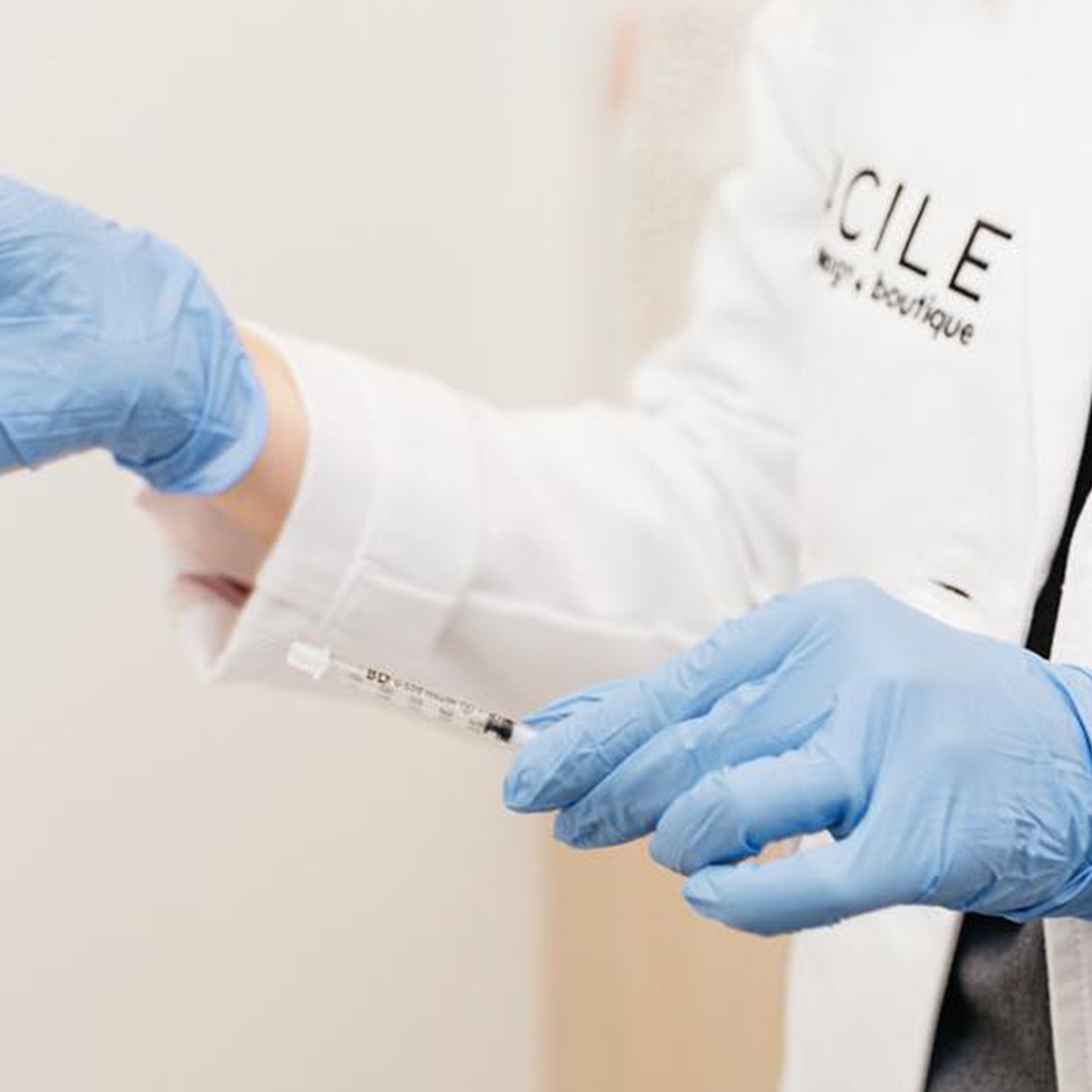
Of course, filler isn't for everyone, and some people have zero interest in the cosmetic treatment. Alas, that doesn't necessarily mean said camp doesn't care (or want) the types of skin perks and youth-enhancing benefit fillers can yield. Therefore, we've been wondering what our other options are. What are our filler alternatives? Is there a certain skincare potion we can buy, a specific regimen to follow, or an epic facial to book that will reap results similar or perhaps superior to that of a syringe? Unfortunately, not exactly.
"Despite many marketing claims, there is no skincare product that can replace volume the way injectable filler can," clarifies Nancy Samolitis, MD, an anti-aging expert and board-certified dermatologist specializing in cosmetic and laser dermatology at Facile in West Hollywood. "The reason is that our skin is designed to protect us from the environment, and its natural barrier function does not allow large molecules (including hyaluronic acid) to penetrate deep enough to mimic the effects of filler. I know—I'm sorry!"
That said, there are most definitely some important things to know and most definitely some important things that can help. Here, we're diving into all things filler and all things filler alternative. And to help, I've recruited some of the best East and West Coast celebrity dermatologists to lend their expert intel. Keep scrolling! Your plump and dewy skin awaits—regardless of whether or not you decide to go the filler route.
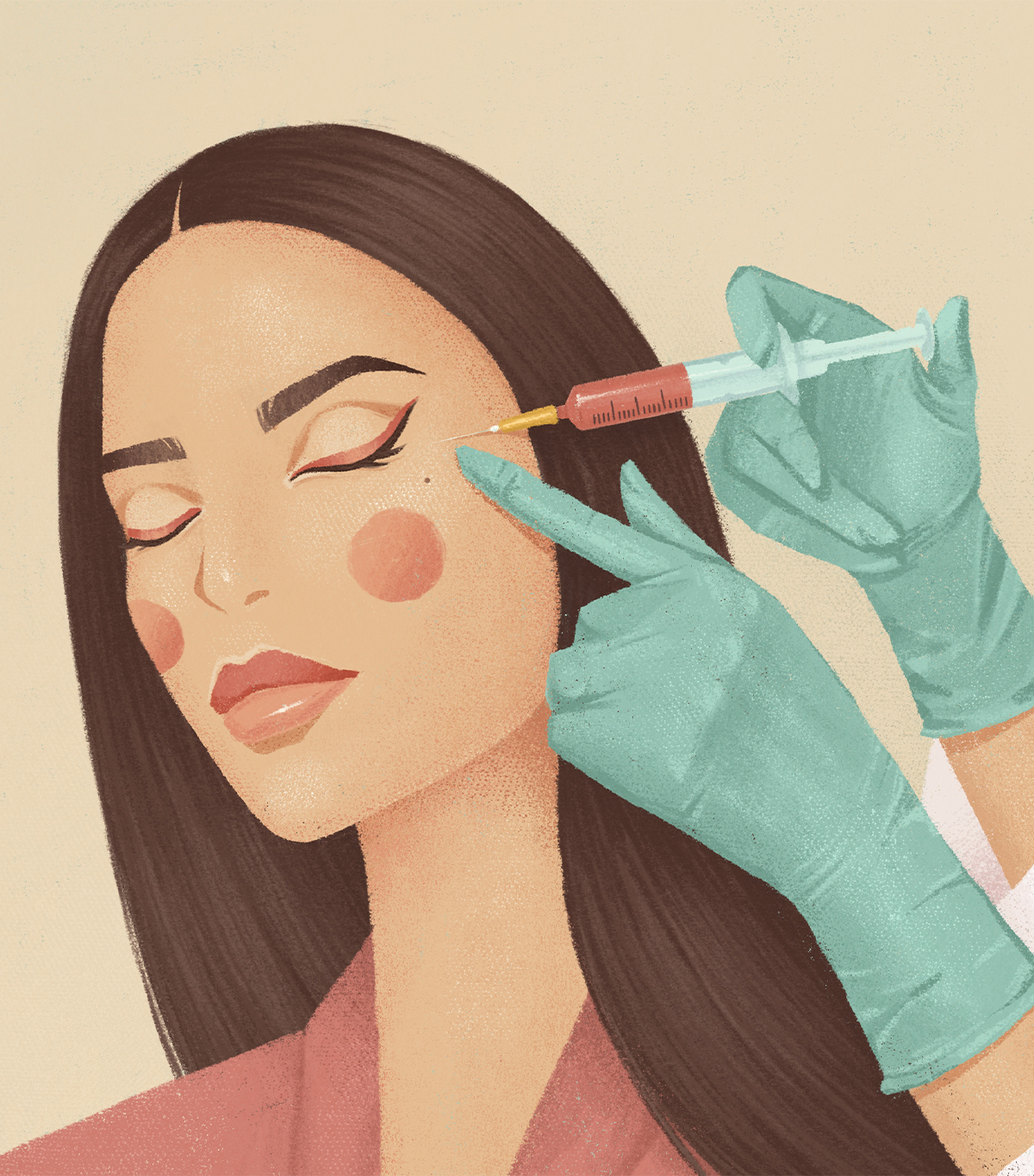
Although there are many types of injectable fillers, the dermatologists I spoke with explained to me that hyaluronic acid fillers are the most commonly used within the industry. Hyaluronic acid (HA for short) is a sugar naturally found in our skin and body, which lubricates and holds up to 1000 times its weight in water, imparting our skin with that plump, dewy radiance and that covetable "sculpted" texture.
"Manufacturers have modified native HA to make it last longer (injected native product would last only a couple of days before being naturally degraded in the body) so that it can act to restore volume and smooth lines that have occurred over time," explains Jennifer Herrmann, MD, FAAD, of Moy Fincher Chipps Facial Plastics & Dermatology in Beverly Hills.
"Depending on what a patient and I agree will help best address their needs, I choose a filler with specific properties that can help either lift or smooth the skin," Herrmann says. Prior to filler injections, she tells me that they'll discuss expectations, relevant medical history, prior injections or surgeries, and the projected care and maintenance plan.

"When fillers were new (back in the '90s), their primary function was to fill in wrinkles only," explains Samolitis. However, as our understanding of facial aging has progressed, she says, new fillers have been developed to plump and enhance our lips, fill unwanted hollowness under our eyes, lessen the look of laugh lines, and more.
Additionally, Dendy Engelman, MD, FACMS, FAAD, of Medical Dermatology & Cosmetic Surgery adds that fillers may reap long-term benefits since they help build collagen and elastin. But as she points out, fillers are largely used to help deeper textural issues like the issues listed above and other moderate to severe facial wrinkles and folds—fine lines and wrinkles can be treated with Botox or topical products. "If a patient needs to restore volume or has deeper folds, fillers are usually necessary to add support and structure. A topical cream or most in-office treatments can't act as substitutes for volume loss and repositioned (fallen) fat pads," adds Herrmann.
That said, there is a fine line as far as fillers go, and using too much (especially in delicate areas where our skin is thinner) can lead to complications like lumps and bumps. Your best call? Find a trusted, board-certified dermatologist in your area for a consultation. They'll be able to advise whether fillers, Botox, laser, or just strategic topicals will be your best treatment plan.
Unfortunately, there just isn't a magical skincare regimen or a specific product that will replace or exactly replicate the effect of filler. That said, preventative skincare (aka what you're doing now!) can make a major difference in the texture and future of your skin along with other lifestyle habits and practices. Like, um, your sun protection strategy.
"Many of the aging changes that people seek filler to correct are caused by sun damage," Samolitis points out to me. "Although most people consider sun damage to primarily cause dullness and discoloration, it also causes loss of skin thickness and volume of underlying fat." Instead of (or in addition to) fillers, Samolitis suggests treating the underlying sun damage with skincare in tandem with skin-rejuvenating procedures like peels, micro-needling, laser resurfacing, regular facials, etc. Again, your derm will be able to advise a strategy and treatment plan that will be best for your personal goals.
As Ronald Moy, MD, FAAD, of Moy Fincher Chipps explains, Botox/Dysport/Xeomin/Jeuveau will better for treating things like frown-line and crow's-feet wrinkles, whereas rejuvenating and tightening procedures like radio frequency skin tightening or carbon dioxide laser resurfacing can yield better, longer-lasting results for the skin under the eyes. Ahead, we're listing all of the best filler alternatives, according to Engelman, Herrmann, Moy, and Samolitis.




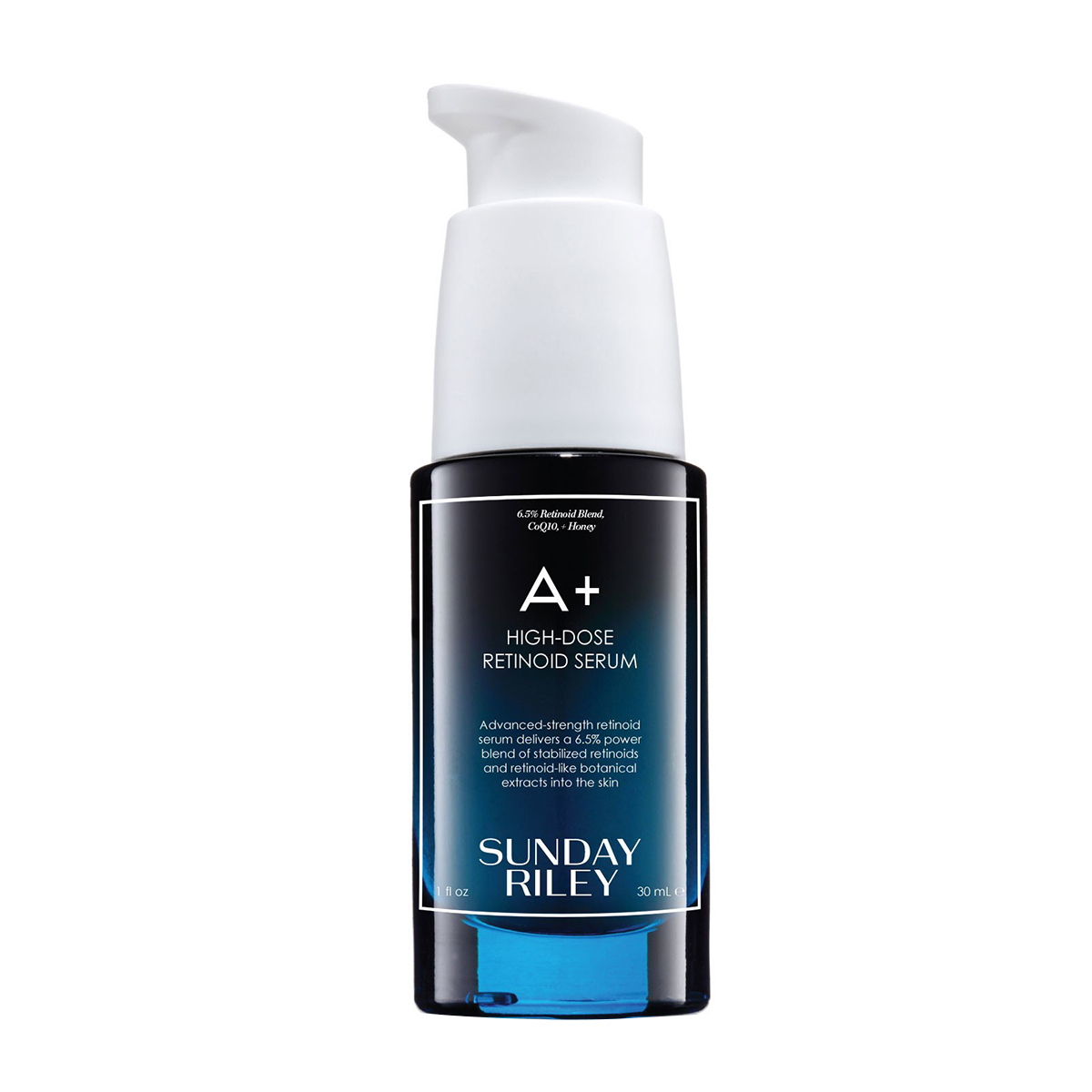
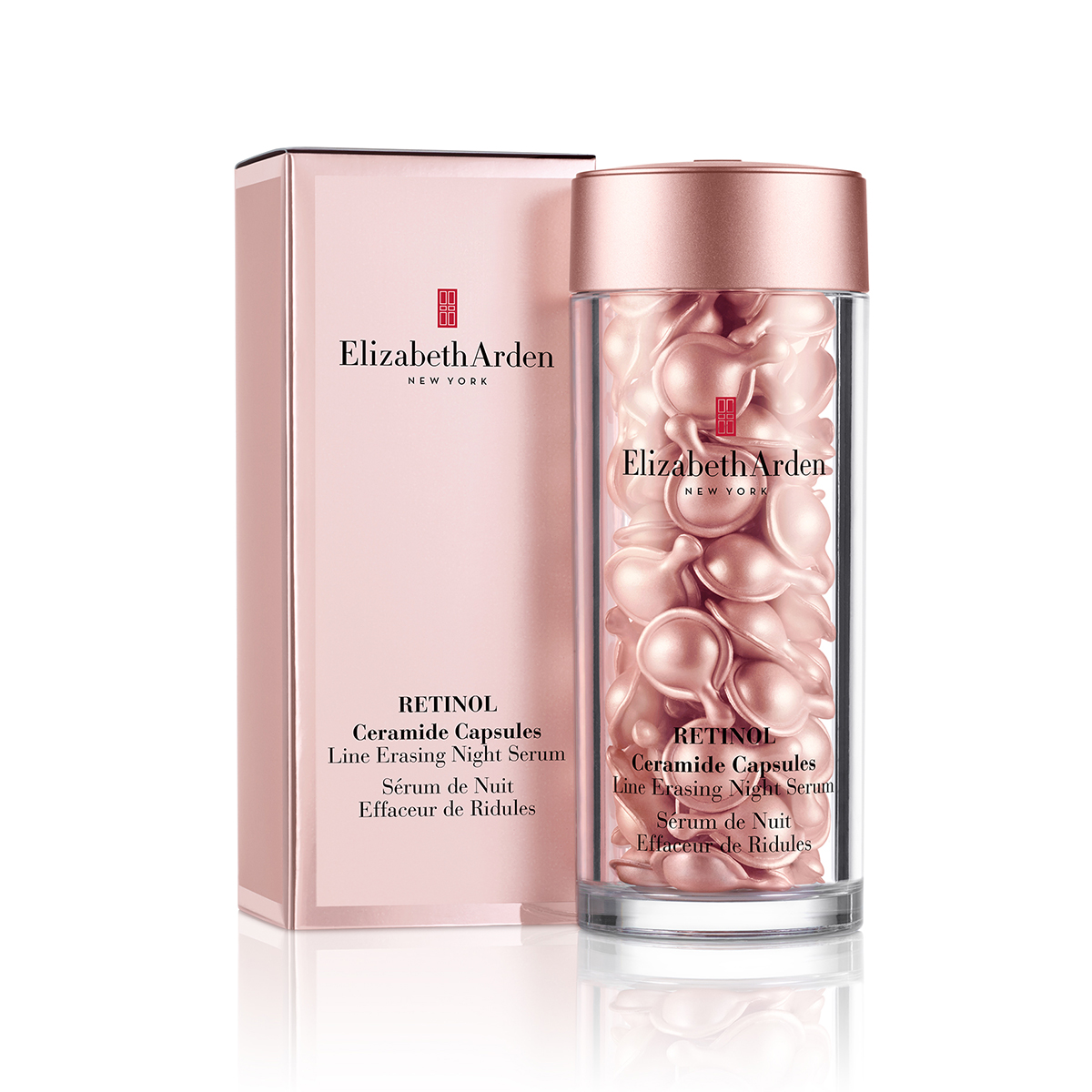

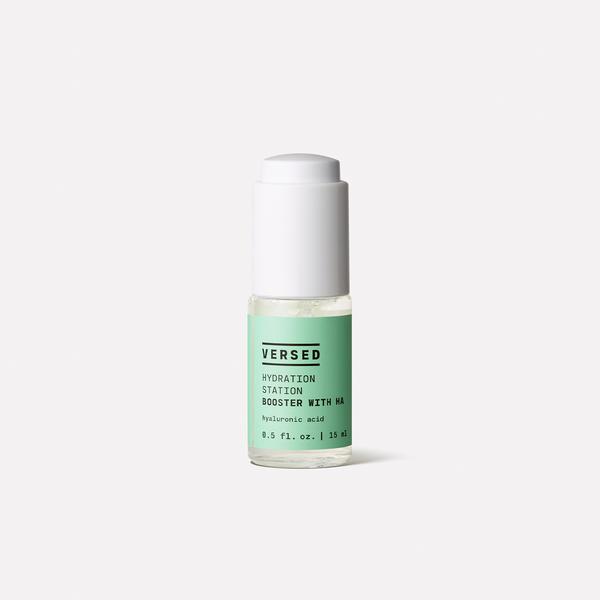
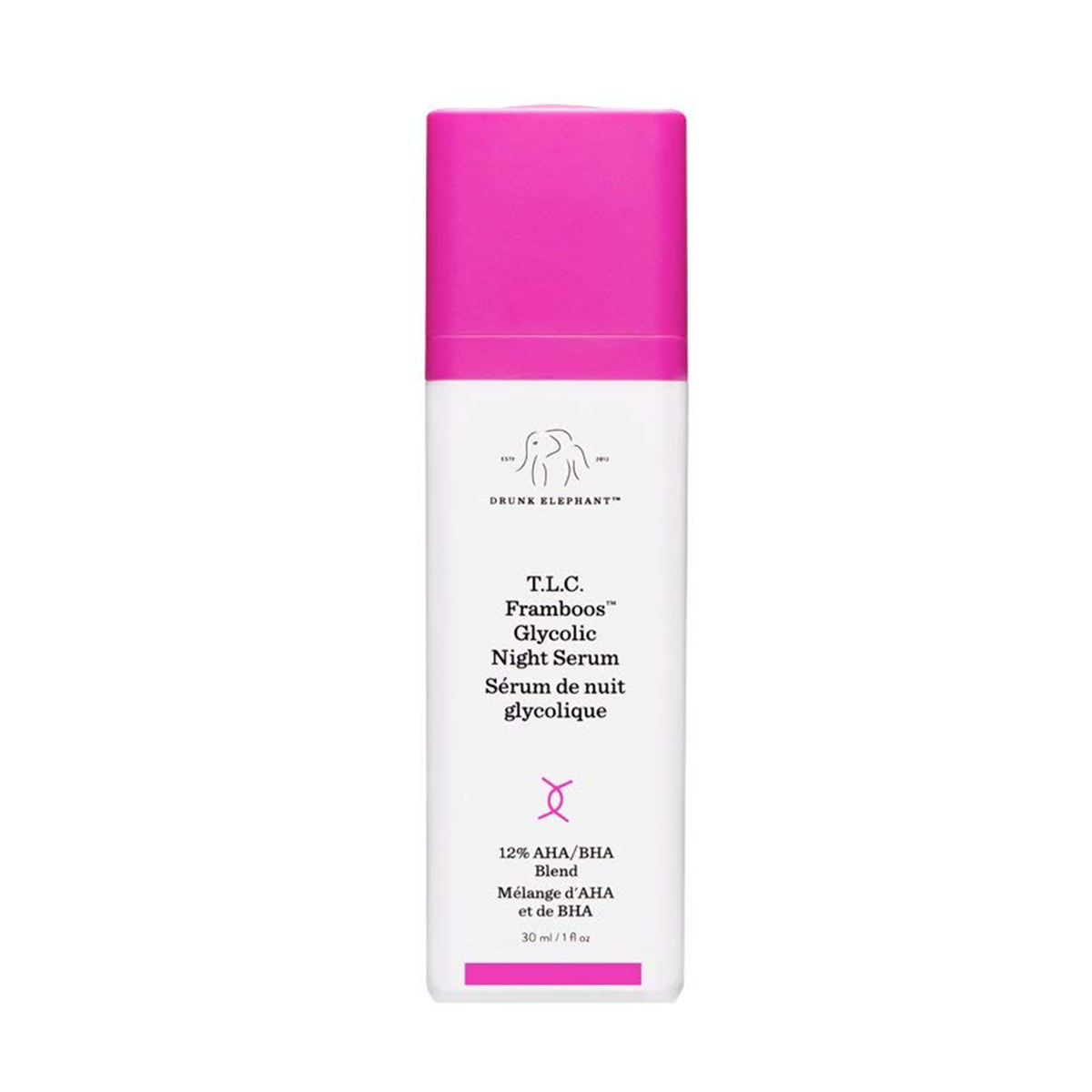
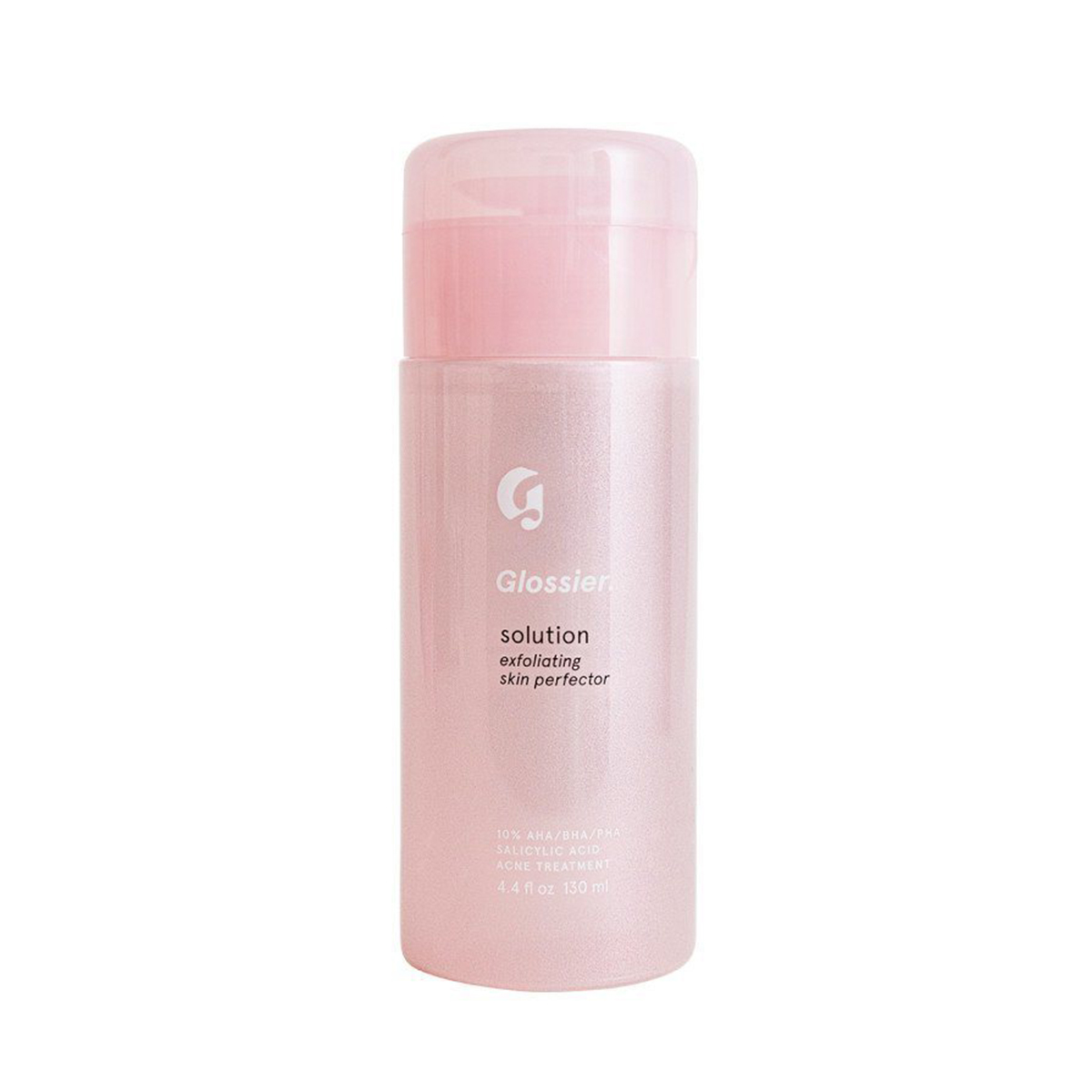

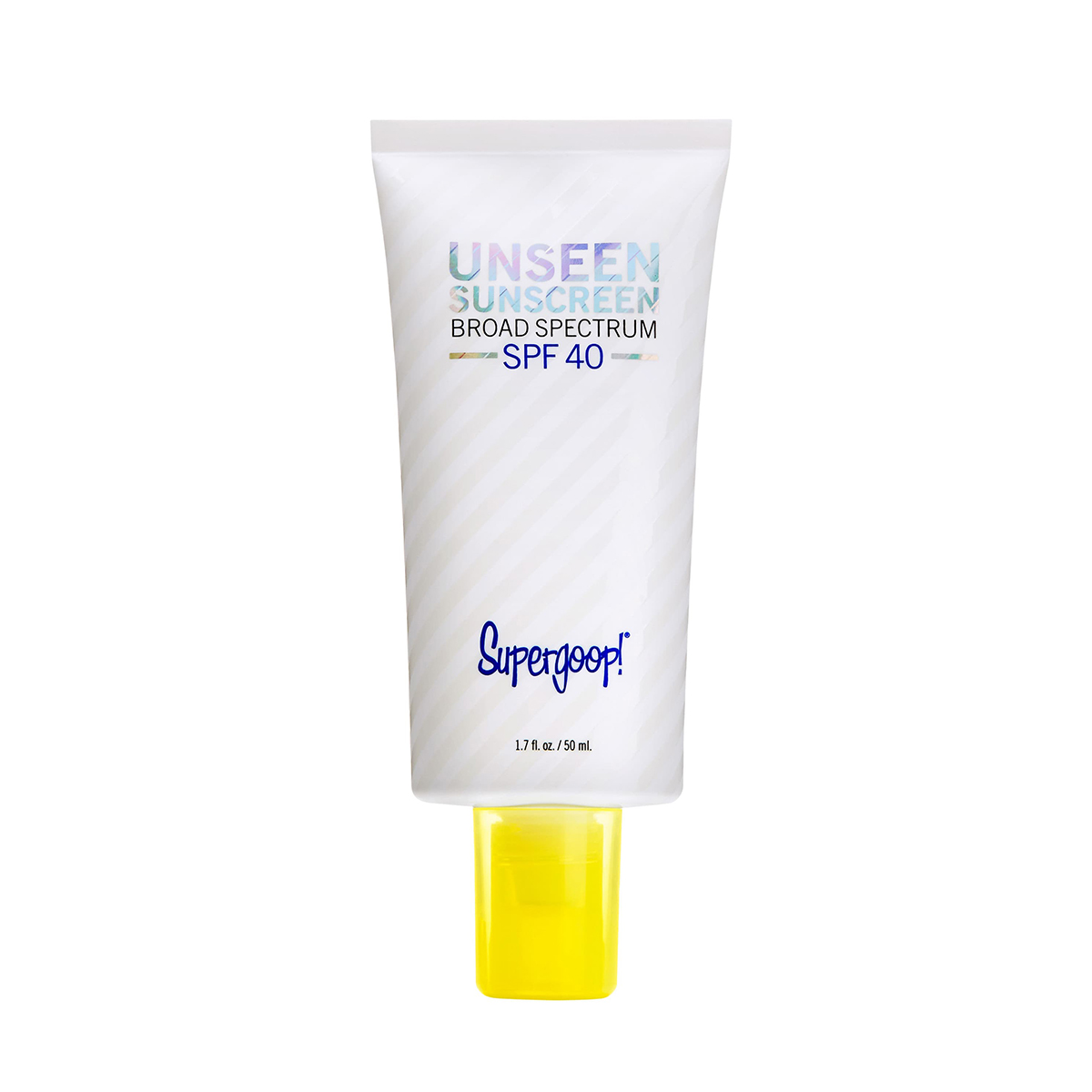

Botox or Dysport: "If someone has lines caused by muscle movement, filler may not be the best option, and Botox or Dysport may be a better alternative," explains Herrmann. And as Moy mentioned earlier, these treatments are better for those with more superficial (aka less severe) skin concerns like fine lines, crow's-feet, and frown lines. Filler, he says, will be the best choice when there is a depression in the skin, a valley in what is normally flat skin, or a depressed scar or a skin hollow.
Microinfusion: "We do a procedure at Facile called microinfusion that uses very fine micro-needles to stamp tiny droplets of thin filler into the top layer of the skin," shares Samolitis. "It is different from traditional filler injections because the filler is going more superficially but is blended with vitamins and a small amount of Botox to maximize texture improvement and skin brightening without the risk of lumps or changing your contour. It is a great starter procedure for someone who is nervous about traditional filler injections. The results last about a month and continue to build with additional treatments."
Laser Resurfacing: According to Herrmann, if someone has significant sun damage and deep diffuse wrinkling, they may benefit more from full-face laser resurfacing, which can give much more natural results. It can also be a more effective treatment for those looking to treat the under-eye area.
Radio Frequency Skin-Tightening Treatments: "If minimal volume loss or sagging has occurred, adding a series of radio frequency heat treatments can help firm skin in a very noninvasive, no-downtime way," Herrmann adds. "Such treatments aid in collagen synthesis and can help reverse early signs of skin aging like lightly visible laugh lines, and sharpen or firm the jawline, minimizing faint jowls."
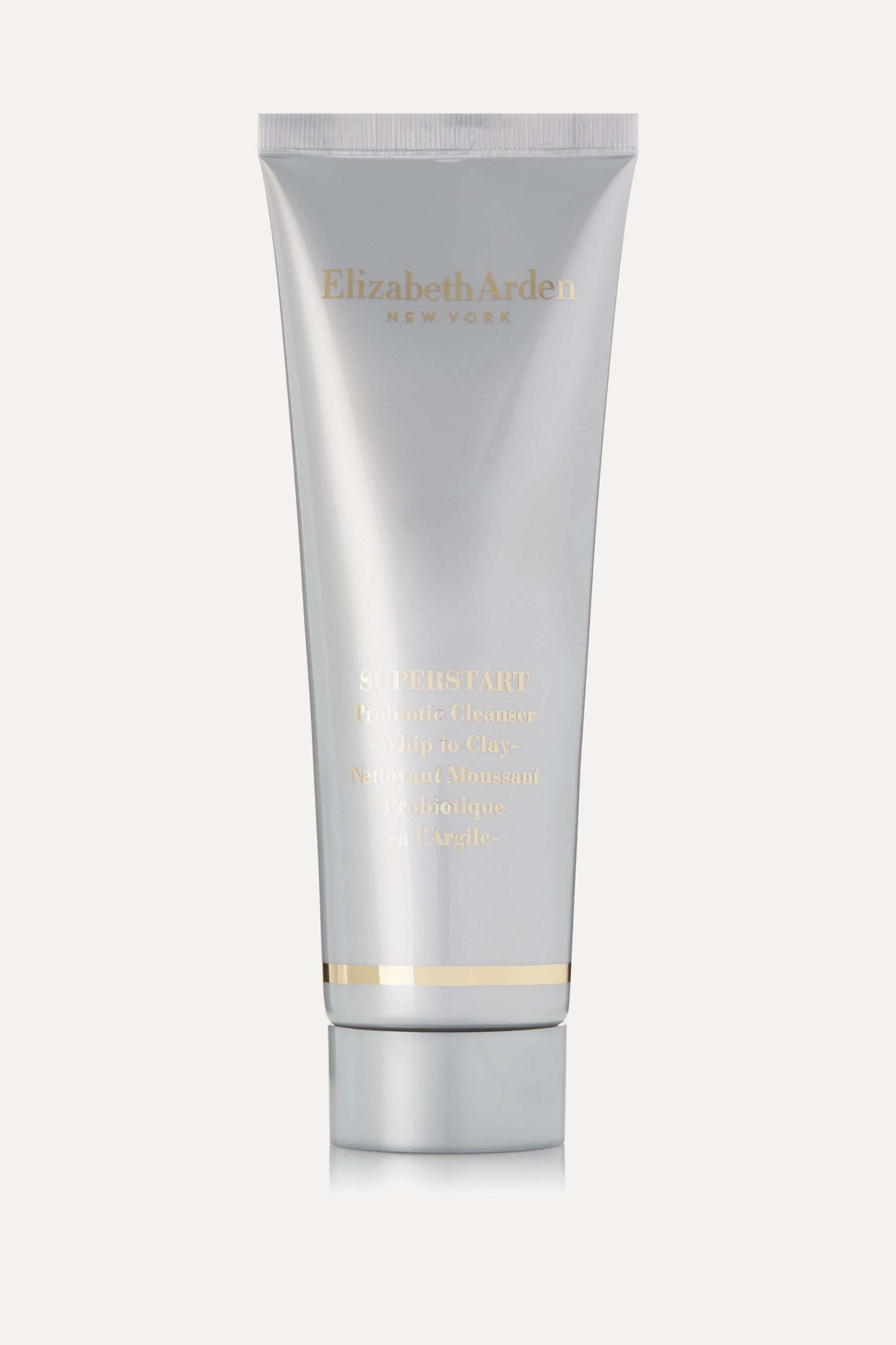
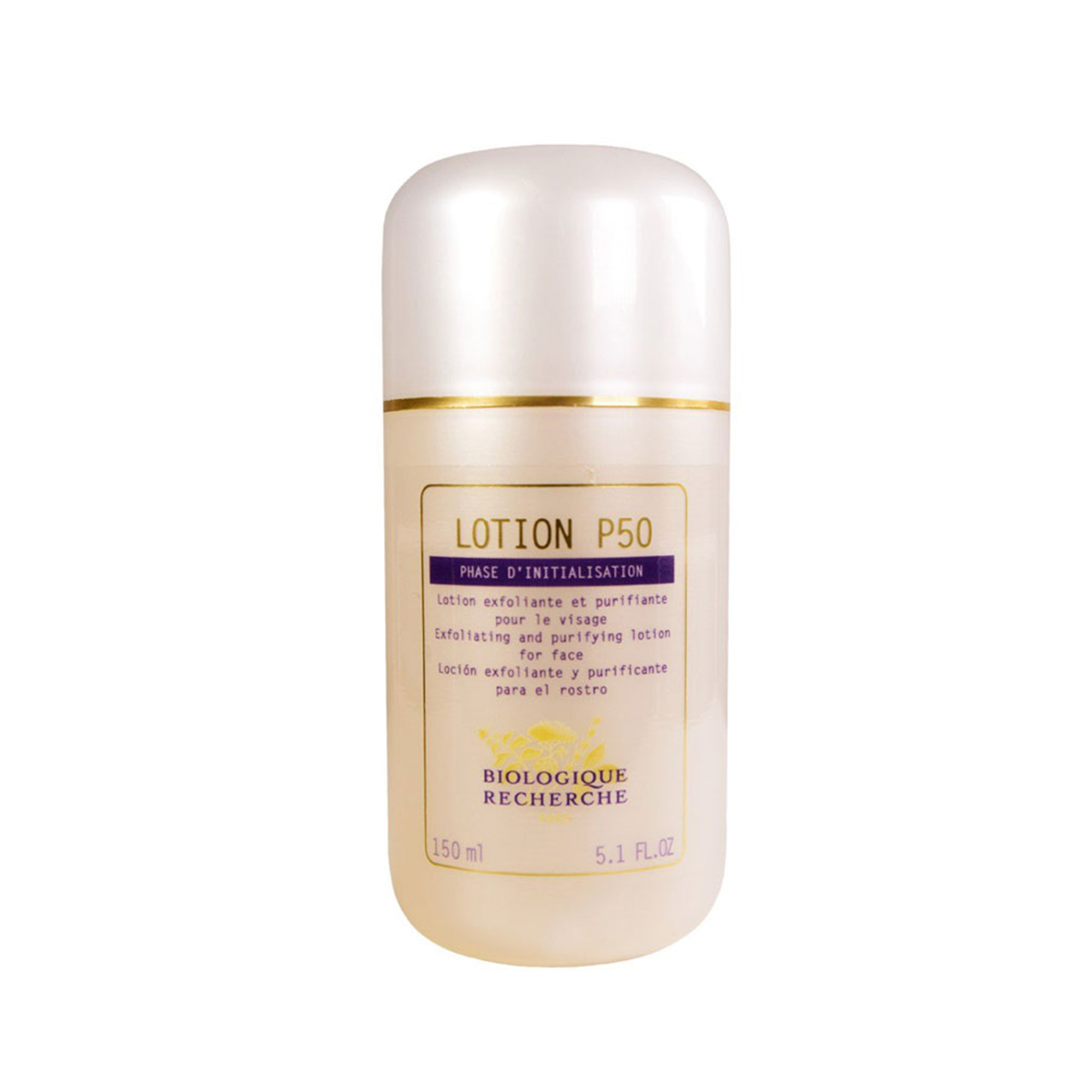



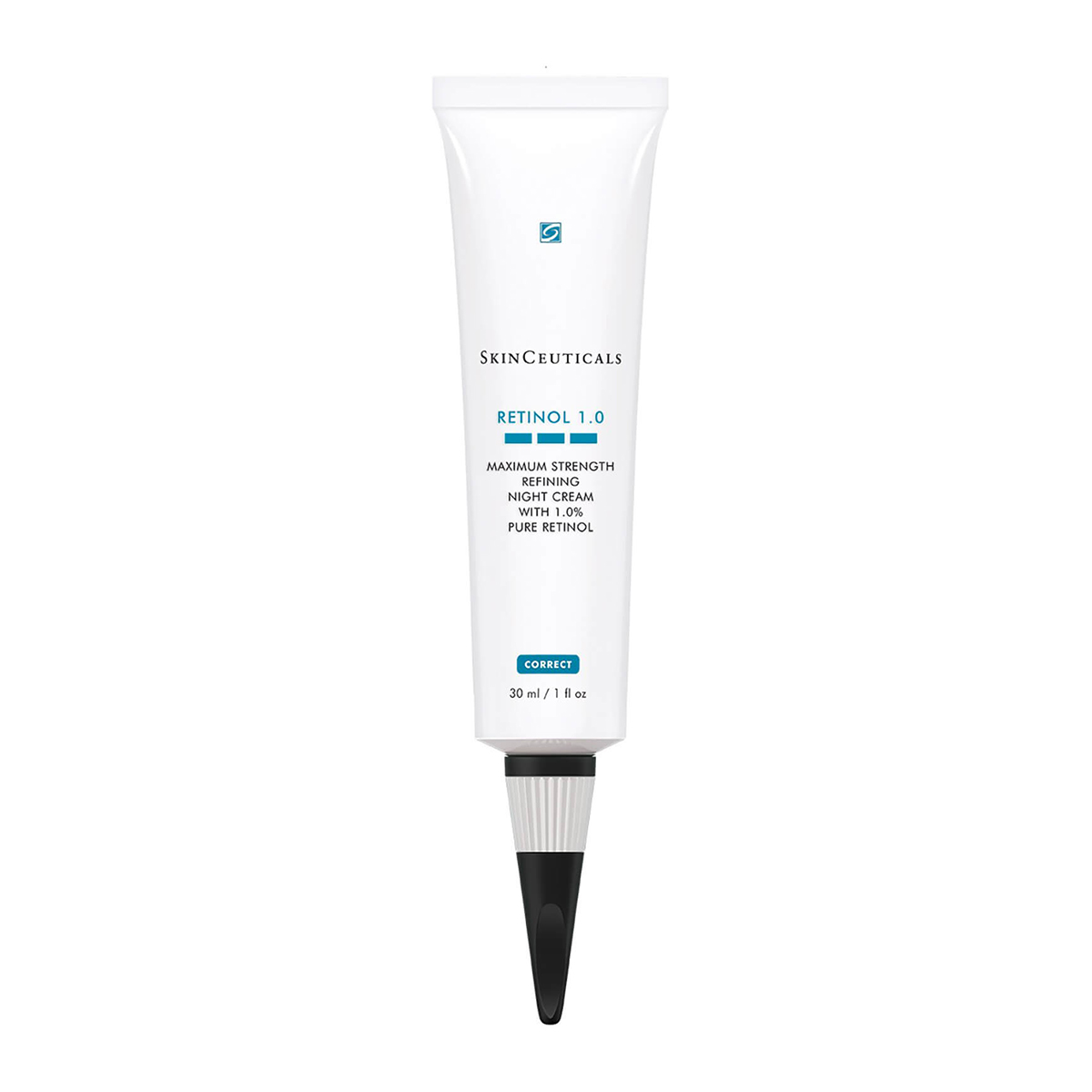
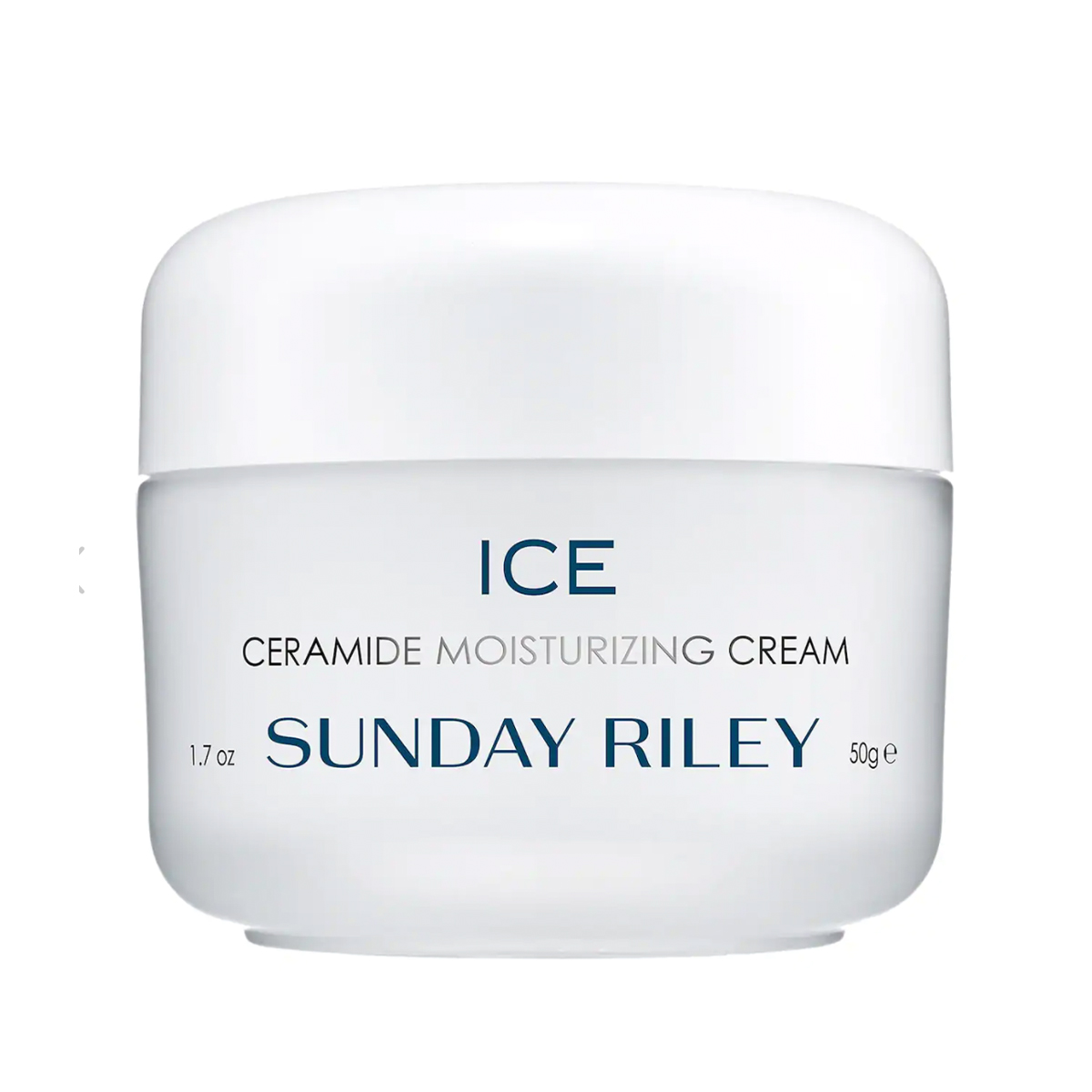
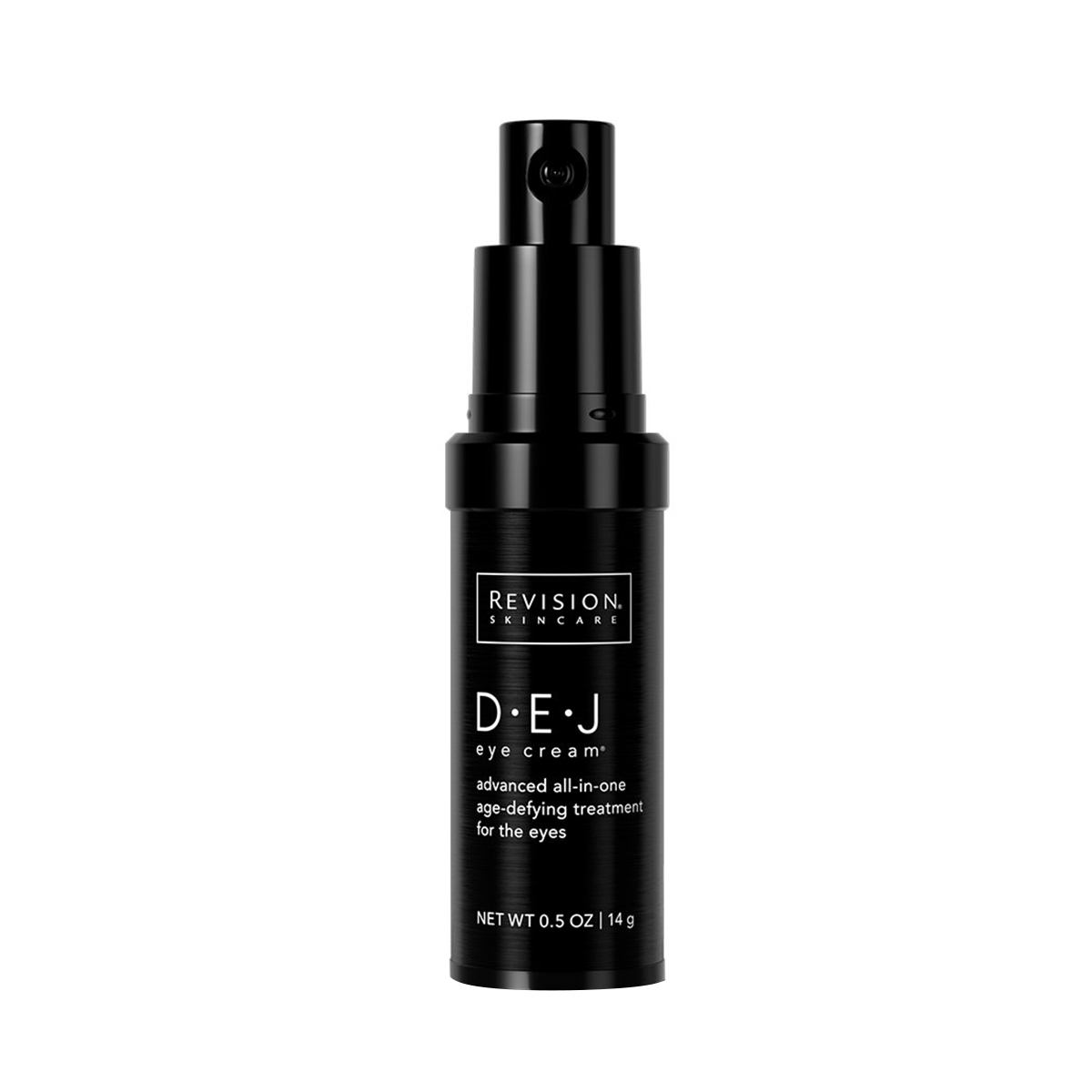
Source: Who What Wear